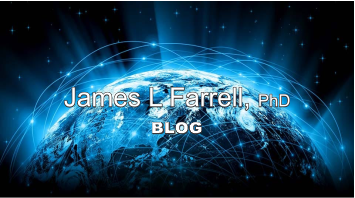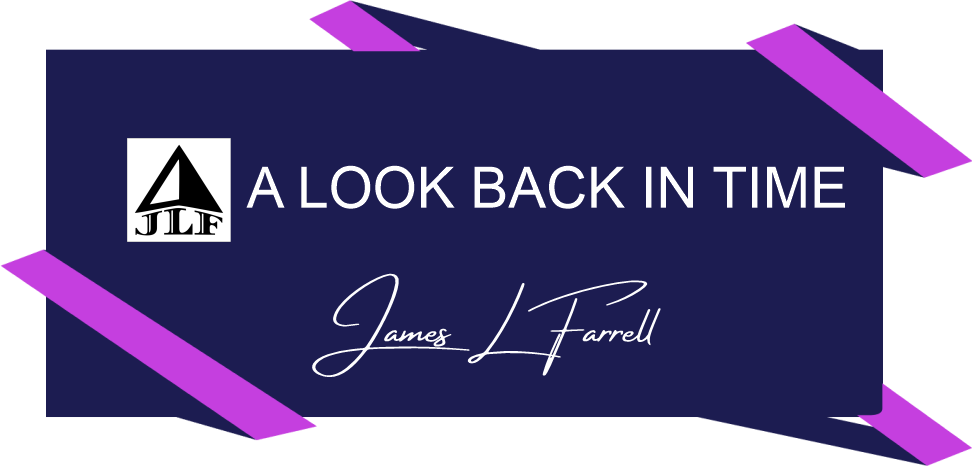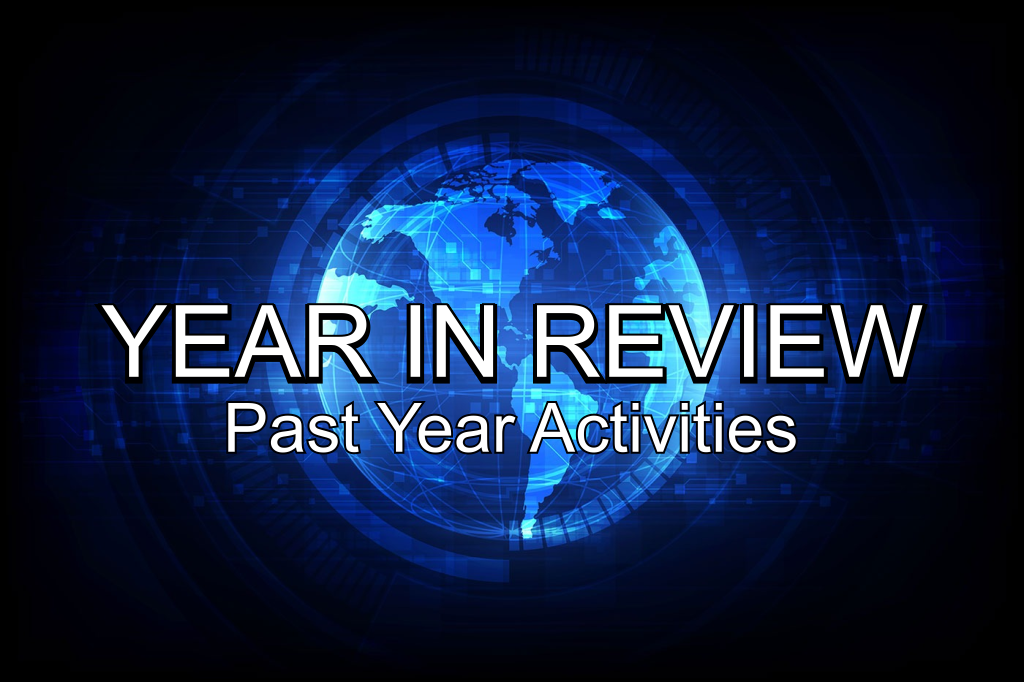Open System Architecture for Radar
Significant momentum is evolving toward a role for Open System Architecture (OSA) applied to radar . My observations in connection with that, voiced in a short LinkedIn discussion, seem worth repeating here.
One step could add major impact to this development: Rather than position (or relative position) outputs, provide measured range, azimuth, elevation (doppler could optionally be added if applicable) on the output interface. That simple step would vastly improve effectiveness of track file maintenance. Before attempting to describe all reasons for improved performance, two obvious benefits can be identified first:
* ability to use partial information (e.g., range-only or, for passive operation, angle-only)
* proper weighting of data for updating track state estimates.
The first item is self-evident. The second arises from common-sense attachment of greater value to the most accurate information. An explanation:
One-sigma error ellipsoids for individual radar fixes are not spherical (not a beachball shape but more like a flattened beachball), even at close range. At longer distances the shape progresses from a frisbee to a pancake to a DVD. Kalman filtering has enabled us to capitalize on that feature for over a half-century. Without exploiting it, we effectively treat separate radar-derived “coordinates” by intersecting volumes in space that are common to overlapping spheres. Resulting uncertainty volume is enormously larger than it should be.
The feature just noted shows up dramatically when mixing data among multiple platforms. Consider cooperative engagement whereby participants, all tracking each other via network-transmitted GPS observations, share radar observations from an unknown non-participant. Share measurements or coordinates? No contest; multiple lines crossing from different directions can offer best (i.e., along-range) accuracies applicable in 3-D.
That fact (i.e., combining data from different sensors and different platforms further dramatizes available improvements) doesn’t diminish the basic issue; even with a time history of data from only one radar, a designer with direct measurements available — instead of, not in addition to, coordinates — can provide incomparably superior performance.
“Send Measurements not Coordinates” (1999; #66 from the “Published Articles” panel, opening with eight rock-solid reasons) was aimed at GPS rather than radar. Many of the principles are the same when mixing data with information from other platforms — and from other sensors such as GPS. There is no reason, in fact, why data from satellite navigation and radar can’t be combined in the same estimation algorithm. That practice hasn’t evolved but the historical separation of operations (e.g., navigation and surveillance), arising from old equipment limitations, should no longer be a constraint. Moreover, with focus shifted from tracking to navigation, integration with additional (e.g., inertial) data offers still more reasons for using direct measurements. Rather than loose integration, superior benefits are widely known to result as the sophistication progresses forward (tight. ultratight, and deep integration).
Further elaborations on “casting off our old habits” appear from different perspectives in various blogs, one-pagers, and a few manuscripts available at this site. If your library has a copy of GNSS Aided Navigation & Tracking pages 203-4 show a way to implement the cooperative sharing of radar data obtained from a non-participant, among participants tracking each other via the mutual surveillance and tracking approach defined earlier in that same chapter.
Because so many operational systems (in fact, a vast majority) use reports in the form of coordinates, reiteration is warranted. The central issue is the content , not the amount, of data. Rather than coordinates, provide accurately time-stamped direct measurements with links connected to whichever platform observed the data (e.g., for satnav — pseudoranges; for radar — range, azimuth, elevation). Those links are automatically attached when Mode-S extended squiter (e.g., chosen for ADSB) is the means for conveying the data. For message content , strictly disallow “massaging the data beyond the light of day” (e.g., by unknown processes, with uncertain timing, … ) which invariably results in enormous loss of performance in common occurrence today.










